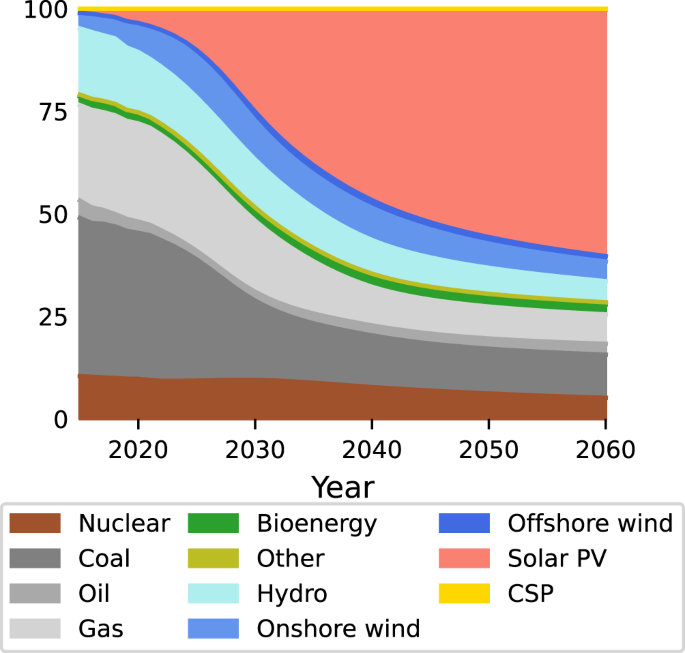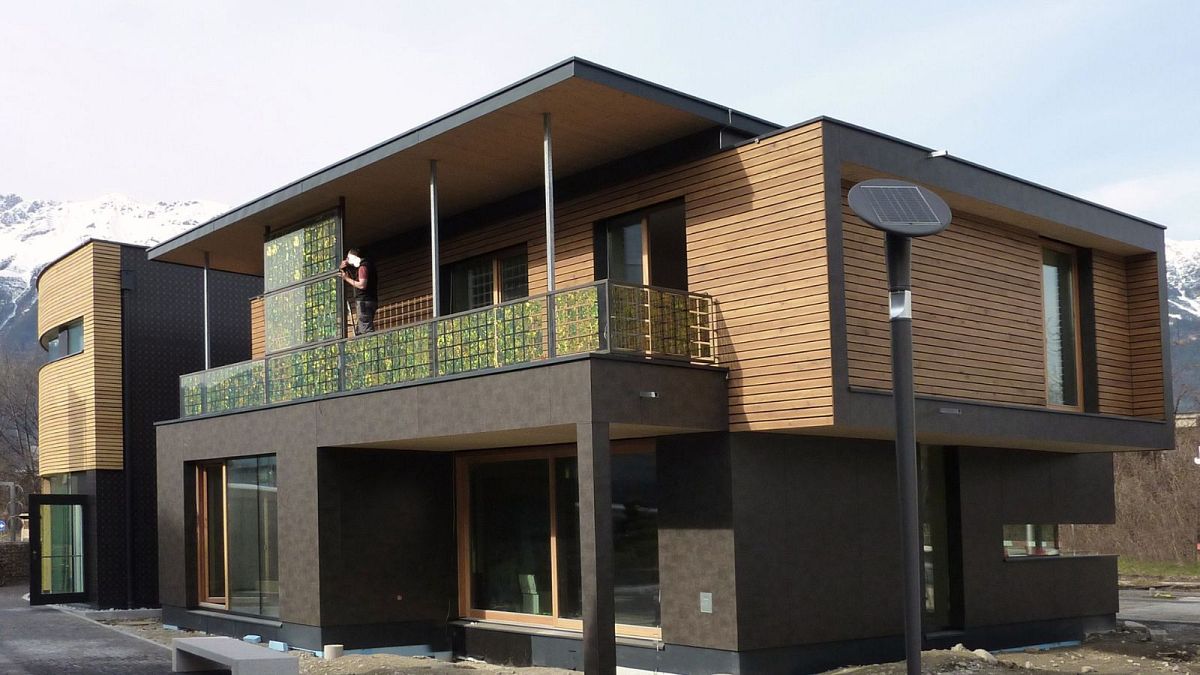As usual, the Canadian perspective is not at all in line with global reality. Two great examples show the potential of solar.
1) Australia. Something like 35% of their electricity comes from solar. And most of that is from rooftop solar. They have got the permitting and installation down so much that it's a few thousand dollars to install. Which means that it's now almost default on new homes. And gaining traction every year. The reasons we don't have a similar boom in North America is the inability to get soft costs down and the hesitation on Chinese solar panels.
2) Pakistan. This is a story few know. Poor country. Bad power grid. Lots of natural disasters lately. In 2023, researchers started noticing that Pakistani electricity demand was not keeping up with population and economic growth. Then they checked satellite imagery and Chinese export data. Over 2023 and 2024, Pakistan somehow became the sixth largest solar buyer in the world. They increased power generation by nearly 50%. All of that was Chinese solar on roofs. Most of it was unsubsidized. And now their national utility is actually in trouble because they built a bunch of large power plants (with Chinese financing) that they may not have demand for. This wasn't planned or controlled. It happened because solar was just so cheap and people were fed up with grid reliability. Solar is going to do for electricity in the developing world what mobiles did for telephony and communication for them.
Bonus example. Solar has gotten so cheap in Europe, that in some places they simply use them as fence panels or siding and get some power as a bonus.
This new wave of solar producers aren’t just getting cheap electricity, they’re also participating in the energy transition.

www.euronews.com
Canada being uniquely incompetent doesn't make a technology globally irrelevant.
Long term, the money isn't on giant solar farms on farmland (although agrovoltaics is a thing). It's on rooftop where it can supplement enough to dramatically reduce peak loads, particularly in the summer. Just look at how much parking space that could be productive, with panels on top. Or how many big box stores could do well with rooftop solar. Even apartment buildings, they might not need most of their energy. But they could certainly power up all their common areas.
Lastly, there's a weird obsession with edge cases. And the best example of how absurd this can be, is internet penetration. Globally, internet usage only reached 50% in 2018. Now imagine somebody saying in 2000, "This internet thing will never be useful. Only a handful of people use it. We should really invest more in the postal service."





